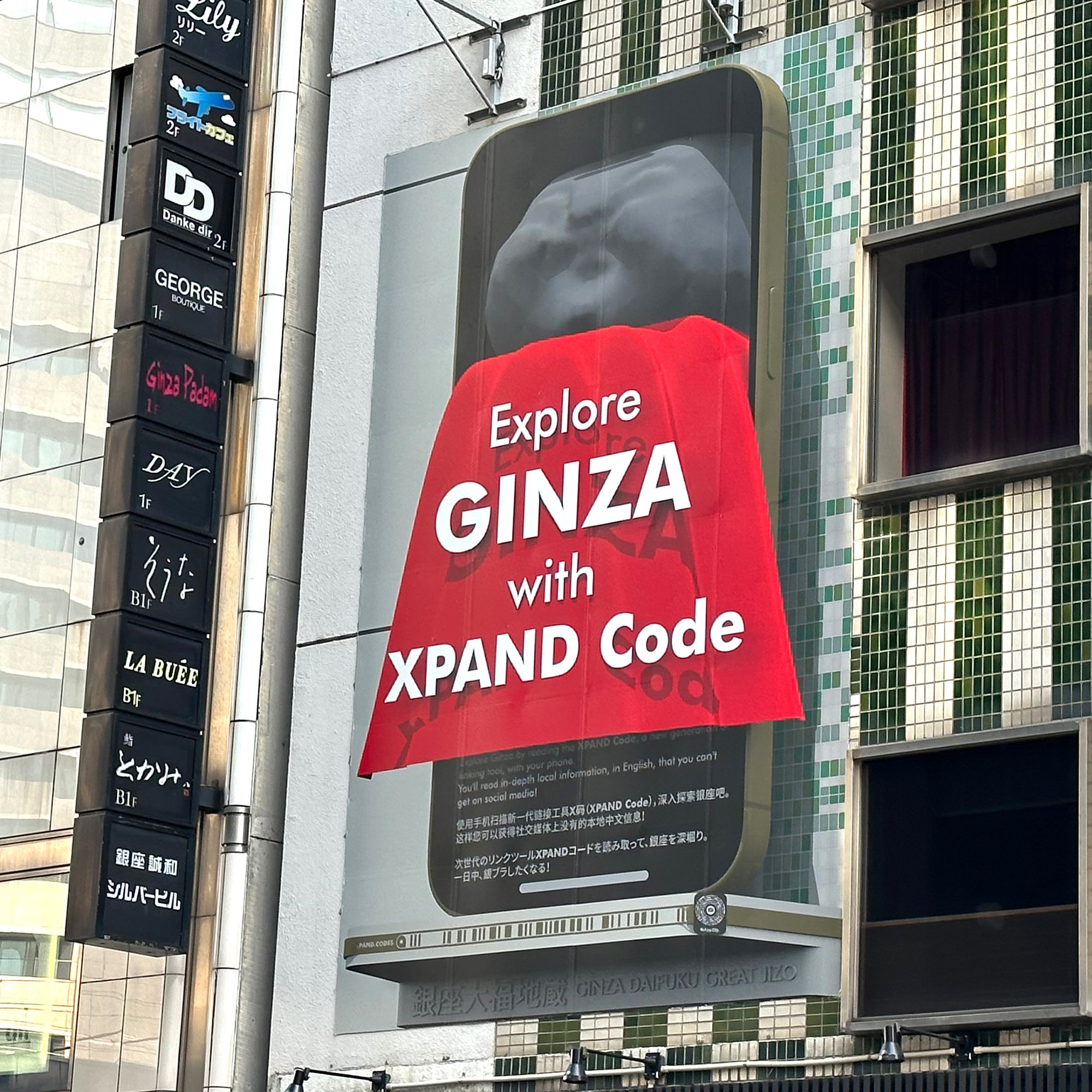
XPAND Code:
Bridging the Gap Between
Physical Worlds and the Internet
Company / University:
XPAND K.K.
Designer:
Toworu Nanmoku
Beschreibung:
Der XPAND Code überwindet die traditionellen Einschränkungen von QR-Codes und bietet ein vielseitiges Werkzeug für Architekten, Designer und Stadtplaner. Er überbrückt die Lücke zwischen der physischen und der digitalen Welt, ohne Kompromisse bei Ästhetik und Funktionalität einzugehen.
XPAND-Codes bieten Verbesserungen in Bezug auf Größe, Sichtbarkeit, Ästhetik und Integration. Sie sind skalierbar und lassen sich nahtlos in verschiedene Räume und Produkte einfügen, während sie gleichzeitig eine größere Designflexibilität bieten. Sie lassen sich in unterschiedliche Materialien, Oberflächen und Lichtverhältnisse integrieren und können so an verschiedene architektonische Kontexte angepasst werden. Darüber hinaus benötigen sie weder eine Stromversorgung noch spezielle Tinten.
Die Einführung von XPAND Code wirkt sich auf die Designbranche aus, indem sie das Nutzererlebnis verbessert, das vernetzte urbane Erlebnis fördert und zu innovativem Design inspiriert. Nutzer können mit ihren Smartphones schnell und einfach auf digitale Inhalte zugreifen. Stadtplaner bauen XPAND Codes in die städtische Infrastruktur ein, während Architekten und Designer sie als kreative Werkzeuge für interaktive Installationen und Augmented-Reality-Erlebnisse nutzen.
Zusammenfassend lässt sich sagen, dass der XPAND-Code eine bahnbrechende Innovation ist, die die Beschränkungen von QR-Codes überwindet und ein leistungsstarkes Werkzeug für die Schaffung interaktiver, vernetzter und ästhetisch ansprechender Umgebungen bietet. Mit der Weiterentwicklung dieser Technologie können wir weitere bahnbrechende Anwendungen erwarten, die die Architektur- und Industriedesignbranche revolutionieren werden.


